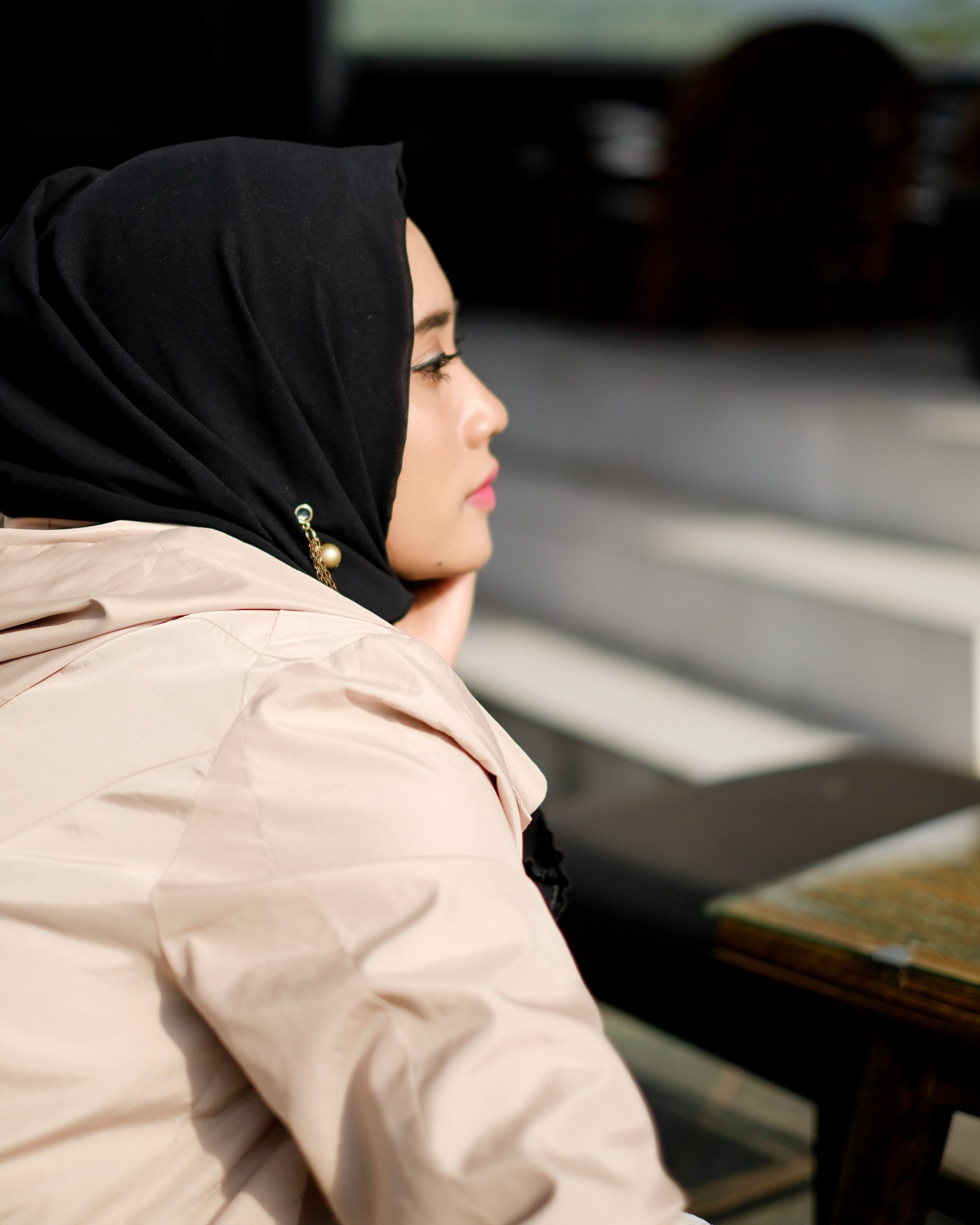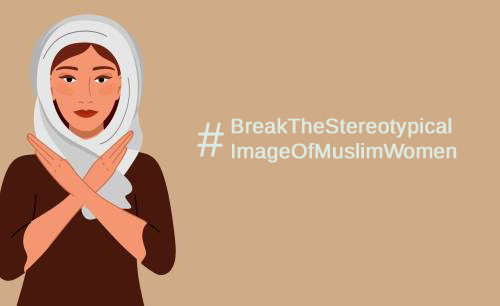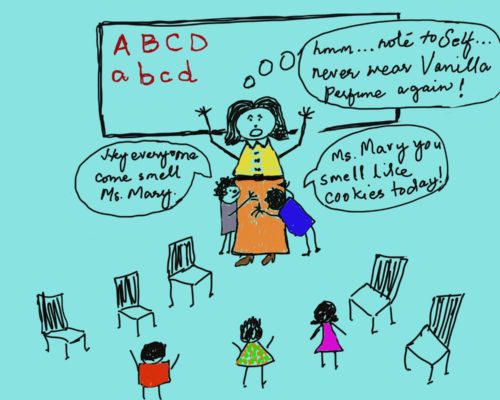Talking about the hijab (veil, covering of head), for many Muslim women, it is a symbol of modesty. Islamic dress and the veil, function as a strong statement of identity. Wearing the veil, especially in a non-Muslim country is also a way of forming an ethnoreligious identity.
However, the harsh reactions of non-Muslims towards the hijab not only strip women of their dignity but also lead them to social exclusion. To reduce conflicts in societies one must develop an understanding and acceptance of individual and cultural differences. Muslim women can mix faith and modesty with fashion. The sisters from all over the globe have joined in, in promoting Islamic fashion. The movement that happened only a couple of years ago aims to challenge the popular culture that defined the veil as presumably ugly and oppressive.
My personal opinion is that we need to be modest as a Muslim women and should never participate in the race of validation or approval from others by trying to look trendy. The fashion-hijab movement however paved the way for young girls and showed them they can carry the fashionable look and be modest at the same time. On the other hand, many Muslim women, with and without the veil, still choose to study materials and attend lectures about Islam or partake in Islamic associations and do not do this because of the pressure from family members or religious leaders. When it comes to self-representation, Muslim women living in non-Muslim environments have quite a good reason to think that prejudices and stereotypes exist in society, but unless they encounter such members, it is hard to know what perception these particular people have of Islam. Muslim women can sustain Islam and can break this conventional impact, by practicing it in their daily lives, for the healthy functioning of organizations and communities.







